Top News

Athenahealth announces Q3 results: revenue up 10 percent, adjusted EPS $0.56 vs. $0.60, beating earnings expectations but falling short on revenue.
The company announced that it will lay off 9 percent of its workforce in cutting a reported 450 jobs. Boston newspapers cited sources who said they saw security officers escorting people out of the company’s Watertown, MA offices Thursday morning.
Athenahealth is undertaking a strategic review, pressured by an activist investor, expecting to generate up to $115 million of annual pre-tax savings by the end of 2018.
As part of the cost-cutting program, Athenahealth will close its offices in San Francisco, CA and Princeton, NJ, both of which house employees of Epocrates, the drug information app company that Athenahealth acquired for $293 million in January 2013.
Anonymous people posted on an Internet layoff discussion board that the company is selling its jet as well as the 387-acre Point Lookout resort in Maine that it bought for $7.7 million in 2011 as a training and entertainment venue.
ATHN shares dropped 4 percent during Thursday’s trading and were down another 4 percent in early after-hours trading.
HIStalk Announcements and Requests


NYC Health + Hospitals took exception to my mentioning a recent article in the New York Post headline above, with its complaints below. I’m sympathetic since I don’t usually run one-sided lawsuit recaps, especially of the “he said, said” variety, but several readers had sent this link over with obvious interest and I saw it popping up in a lot of places, so I simply recapped the Post story.
- “The lawsuit had nothing to do with sexual harassment.” That’s true and I’ve corrected my wording. I said in considerable detail that the lawsuit was related to wrongful termination, but I worded the part poorly where I referred to sexual harassment – the Post article focused on that, but the lawsuit itself didn’t.
- “The former IT director was never deposed.” The Post story said he was and quoted what it said was his sworn testimony directly, so I had no reason to doubt that.
- “The actual lawsuit alleging wrongful contract termination was dismissed.” That wasn’t mentioned in the Post article, which references an “ongoing gender discrimination case” that doesn’t make it clear whether she filed one lawsuit or two. I don’t have access to court records unless I can turn something up by Google searching for something that isn’t behind a paywall, which I didn’t in this case. I did turn up the OIG report item not mentioned in the Post article that was mostly favorable to the health system and summarized that, which the Post article did not.
- “You make it appear as though it is your original reporting, which would be WRONG, WRONG, WRONG.” I linked to the Post article like I do all news item I cite, so I can’t imagine anyone thinking I was writing from a New York courtroom instead of my stereotypical blogger’s spare bedroom.
Listening: The Tragically Hip, thoughtfully rocking with an intact lineup as the pride of Canada since 1994 until this week, when front man Gord Downie died of brain cancer at 53. Reaction to his death has overtaken the Toronto newspaper, but an article written last year about what turned out to be the band’s final tour is the most poignant. Prime Minister Justin Trudeau delivered a tear-filled tribute to Downie, declaring, “We are less as a country without Gord Downie.”
Amazon’s continuous rollout of features amazes me. Last night I received a text message indicating that my package had been delivered, complete with a driver-taken photo of the item sitting on my doorstep. I’m not sure why I need it other than that it answers the question of whether the delivery went to the mailbox or to the doormat, but it’s cool.
This week on HIStalk Practice: EHR-related medical malpractice claims continue to increase. PatientPop ramps up Google-related physician marketing capabilities. Health Affairs offers context around OIG’s ACO analysis. Pine Rest Christian Mental Health Services goes with Epic. Walgreens brings 300 jobs to staff its new technology center of excellence. Medsphere acquires Stockell Healthcare Systems. Texas Medical Association begins doling out disaster relief funds to wiped-out practices. PRM Pro Jim Higgins offers practical solutions for physician tech-integration challenges.
Webinars
October 24 (Tuesday) 1:00 ET. “Improve Care and Save Clinician Time by Streamlining Specialty Drug Prescribing.” Sponsored by: ZappRx. Presenter: Jeremy Feldman, MD, director, pulmonary hypertension and advanced lung disease program and medical director of research, Arizona Pulmonary Specialists. Clinicians spend an average of 20 minutes to prescribe a single specialty drug and untold extra hours each month completing prior authorization (PA) paperwork to get patients the medications they need. This webinar will describe how Arizona Pulmonary Specialists automated the inefficient specialty drug ordering process to improve patient care while saving its clinicians time.
October 25 (Wednesday) 1:00 ET. “Delivering the Healthcare Pricing Transparency that Consumers are Demanding.” Sponsored by: Health Catalyst. Presenter: Gene Thompson, director, Health City Cayman Islands. Health systems are unlike every other major consumer category in not providing upfront pricing information. Learn how one health system has developed predictable, transparent bundled pricing for most major specialties. Attendees will gain insight into the importance of their quality measures and their use of actual daily procedure costing rather than allocated costs. They will also learn about the strategic risk of other market participants competing with single bundled pricing. The organization’s director will expand how its years-long process is enabling healthcare delivery reform.
October 26 (Thursday) 2:00 ET. “Is your EHR limiting your success in value-based care?” Sponsored by: Philips Wellcentive. Presenters: Lindsey Bates, market director of compliance, Philips Wellcentive; Greg Fulton, industry and public policy lead, Philips Wellcentive. No single technology solution will solve every problem, so ensuring you select the ones most aligned to meet your strategic goals can be the difference between thriving or merely surviving. From quality reporting to analytics to measures building, developing a comprehensive healthcare strategy that will support your journey in population health and value-base care programs is the foundation of success. Join Philips Wellcentive for our upcoming interactive webinar, where we’ll help you evolve ahead of the industry, setting the right strategic goals and getting the most out of your technology solutions.
November 8 (Wednesday) 1:00 ET. “How Clinically Integrated Networks Can Overcome the Technical Challenges to Data-Sharing.” Sponsored by: Liaison Technologies. Presenters: Dominick Mack, MD, executive medical director, Georgia Health Information Technology Extension Center and Georgia Health Connect, director, National Center for Primary Care, and associate professor, Morehouse School of Medicine; Gary Palgon, VP of healthcare and life sciences solutions, Liaison Technologies. This webinar will describe how Georgia Heath Connect connects clinically integrated networks to hospitals and small and rural practices, helping providers in medically underserved communities meet MACRA requirements by providing technology, technology support, and education that accelerates regulatory compliance and improves outcomes.
Previous webinars are on our YouTube channel. Contact Lorre for information.
Acquisitions, Funding, Business, and Stock

Medsphere acquires its long-time revenue cycle implementation partner Stockell Health Systems, which will retain its name as a division of Medsphere.

Population health management system vendor BaseHealth receives an $8.5 million investment in a Series C funding round, increasing its total to $18 million.

Medical image virtual reality software vendor EchoPixel raises $8.5 million in a Series A funding round, increasing its total to $14.5 million. I declared it the coolest product I saw (and played around with) at HIMSS16.
Sales

Community Health Network (IN) will implement Stanson Health’s clinical decision support and analytics.

Liberty Regional Medical Center (GA) and Veterans Memorial Hospital (IA) will replace an unnamed vendor (a reader with HIMSS Analytics access says it is Athenahealth) to return to the Evident Thrive EHR of CPSI. CPSI will also gain two McKesson/Allscripts Paragon customers as Thrive EHR users – Jenkins County Medical Center (GA) and Monroe Regional Hospital (MS).

Holy Name Medical Center (NJ) will use CareCloud’s EHR/PM in its 35 ambulatory medical practices. The hospital’s inpatient systems were mostly developed in-house, which is an outlier in this day and age.
People

Infor promotes Dann Lemerand to VP of strategy and product management of its CX Suite customer.

Kansas state representative Erin Davis joins Cerner as senior government strategist, raising questions about possible conflicts of interest that the company dismisses with the explanation that she will be involved with government sales only in the Northwest.

Secure health information exchange and claims attachment system vendor Vyne hires Robert Patrick (Carestream Dental) to the newly created position of president of its dental division. He will report to Lindy Benton, who remains president and CEO of Vyne.

John Mangano (Digitas Health) joins Healthgrades as SVP of business intelligence.
Announcements and Implementations

Lexmark announces GA of Downtime Assistant for Healthcare, which refreshes the hard drives of the company’s multi-function printers with EHR-generated reports, forms, and checklists that are needed for patient care when the EHR is down.
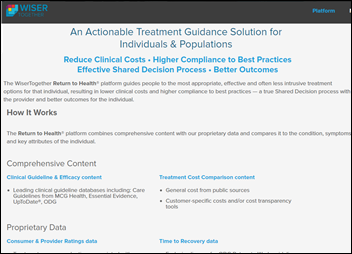
Treatment guidance solution vendor WiserTogether adds reporting and analytics to its Return to Health product, giving healthcare organizations insight into patient behavior that can be used to create pathways.

Intel launches its Health Application Platform platform that is integrated with a stable, secure Android edge device from Flex to connect consumer health monitoring devices to support remote care delivery.
Apple and GE release a software development kit for GE’s Predix Internet of Things platform that will allow developers to create industrial IoT apps for the iPhone and iPad. GE will also promote Macs for its 330,000-employee workforce, which would surely be the largest corporate deployment of Macs ever if they actually swap them all out.
Government and Politics

A state audit finds that University of Utah violated procurement laws in accepting a $12 million donation from Patrick Soon-Shiong that required the university to spend most of that money buying genetic sequencing tests from Soon-Shiong’s Nant companies. Auditors said the university let Soon-Shiong create specifications that assured a no-bid contract, also noting that competing companies could have provided the same genetic sequencing services for one-third the price.

The FBI arrests “Dr. Dave,” a Fort Worth personal trainer who registered as a CMS provider under 19 phony names in fraudulently billing $25 million to insurance companies.
Privacy and Security
Iliuliuk Family and Health Services (AK) acknowledges that it was hit by ransomware that “temporarily blocked” access to its systems in August, but doesn’t say if it paid the demanded ransom.
Innovation and Research
JDRF announces an initiative to encourage innovation and family involvement in open-protocol artificial pancreas systems, where it will provide funding and regulatory advice to bring do-it-yourself and reverse engineered diabetes management technology projects to market.
Other

A JAMA editorial questions whether an oversupply of ICU beds has caused overutilization, noting that 1 percent of the entire United States gross domestic product is spent on ICU care, representing half of all US hospital expenses.
In England, a BBC review finds that the registered organ donor wishes of one-third of newly deceased people are not respected because of family objections. The law recognizes only the legal consent of the donor, but NHS says family objections – usually involving the time the process requires — are always upheld, denying hundreds of people the organ transplants they need. A 17-year-old registered donor says, “What’s the point of signing up if I could be overruled anyway?”

A Kaiser Health News report finds that 90 percent of Indiana’s nursing homes have been leased or sold to hospitals that are using a Medicaid loophole to earn a 30 percent higher payment, which in the case of leased facilities is shared with the city or county government owner. Advocates say that rural hospitals use the profit to remain solvent, while critics argue that hospital operators keep residents longer and the federal government is paying more for quality that hasn’t improved. Indiana Medicaid spends two-thirds of its long-term care budget on nursing homes vs. the US average of less than half, but as a state, Indiana is ranked among the worst for nursing home quality. A hospital CEO acknowledges that it makes money from putting more patients into its nursing homes, explaining, “Welcome to healthcare. It’s a complex and confusing environment where we have all different competing incentives.”

A local paper’s review of Vermont’s history as a health IT hub gives a nod to Rich Tarrant and Robert Hoehl’s Burlington Data Processing — later renamed to IDX Systems and then sold to GE Healthcare in 2006 for $1.2 billion – whose profits allowed some employees to fund new startups. Companies mentioned include Ona, ThinkMD, OhMD, Galen Healthcare Solutions, and Physician’s Computer Company.
This is hard to believe: an inmate with the porn-like name Dustin Lance sues the county jail for $5 million, claiming staff ignored his pleas for medical help after he swallowed a pill given to him by another inmate that caused him to have a painful erection that lasted 91 hours.
Sponsor Updates
- Optimum Healthcare IT publishes an infographic titled “Rules of Thumb, Benefits, and Dangers of EHR Alerts.”
- EClinicalWorks will exhibit at the 2017 TAHP Managed Care Conference & Trade Show October 23-24 in Houston.
- FormFast will exhibit at the 2017 Fall HCP Hospital & Healthcare IT Conference October 18-19 in Chicago.
- MModal is named 2017’s s health IT innovation leader by the Pittsburgh Technology Council.
- Healthwise will exhibit at the HealthTrio 2017 Users Group Conference October 25-27 in Tucson.
- Greg Walton of Next Wave Health Advisors, a Huntzinger Management Company, becomes a Life Fellow Member of HIMSS.
- Iatric Systems will exhibit at the Midwest Fall Technology Conference October 22-24 in Indianapolis.
- Surgical Products nominates Image Stream Medical’s MedPresence solution for the 2017 Excellence in Surgical Products Awards.
- Impact Advisors VP Lydon Neumann becomes a CHIME Foundation Certified Healthcare Executive.
- Imprivata collaborates with Welch Allyn to enhance security for medical devices
- InterSystems will exhibit at RSNA 2017 October 26-November 1 in Chicago.
- Kyruus will present at the Healthcare Internet Conference October 23-25 in Austin.
Blog Posts
Contacts
Mr. H, Lorre, Jenn, Dr. Jayne, Lt. Dan.
Get HIStalk updates. Send news or rumors.
Contact us.












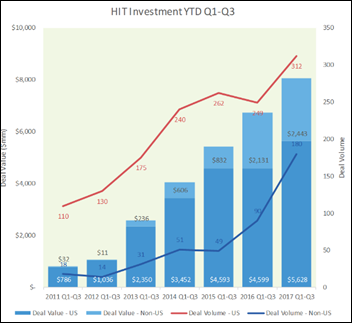




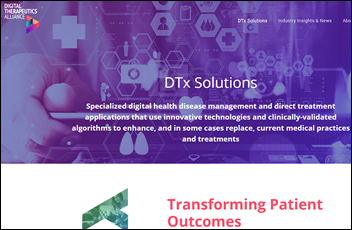

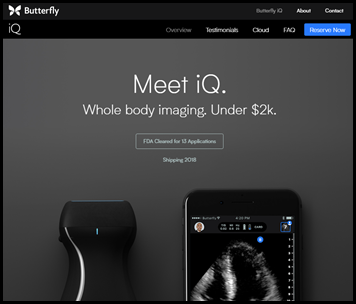
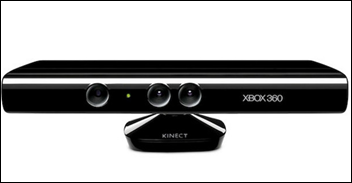

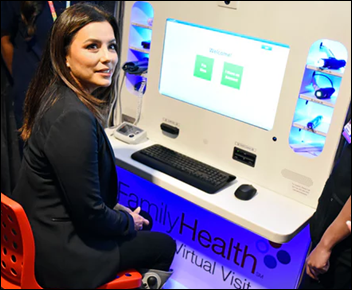

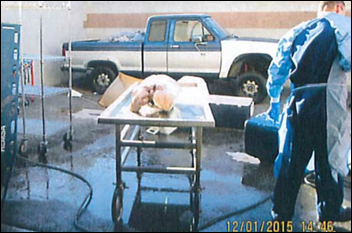




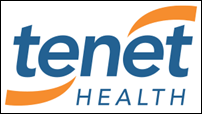
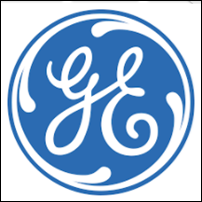







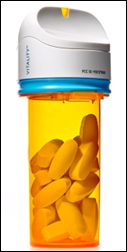



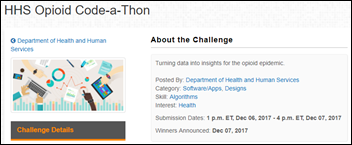



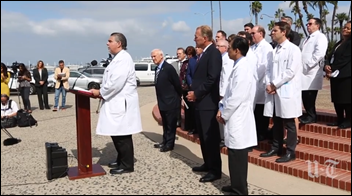












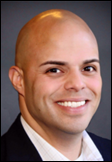
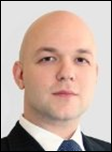










































EHRMusing - You make a lot of accurate statements about key factors in the selection process but the comment about…